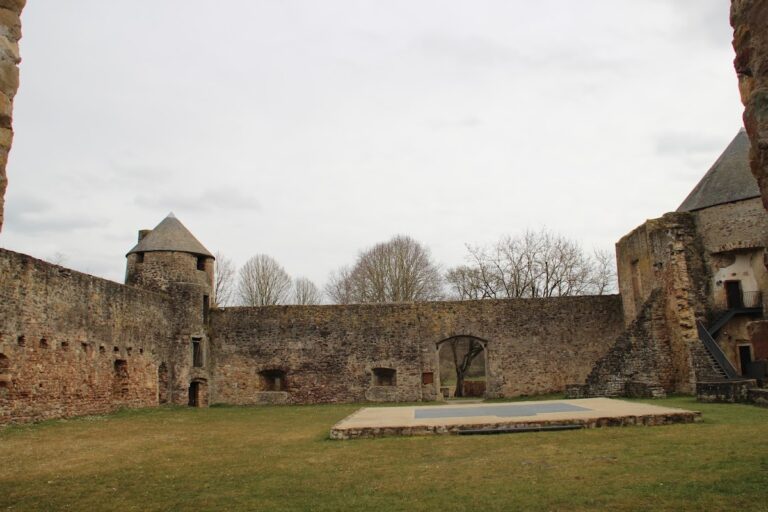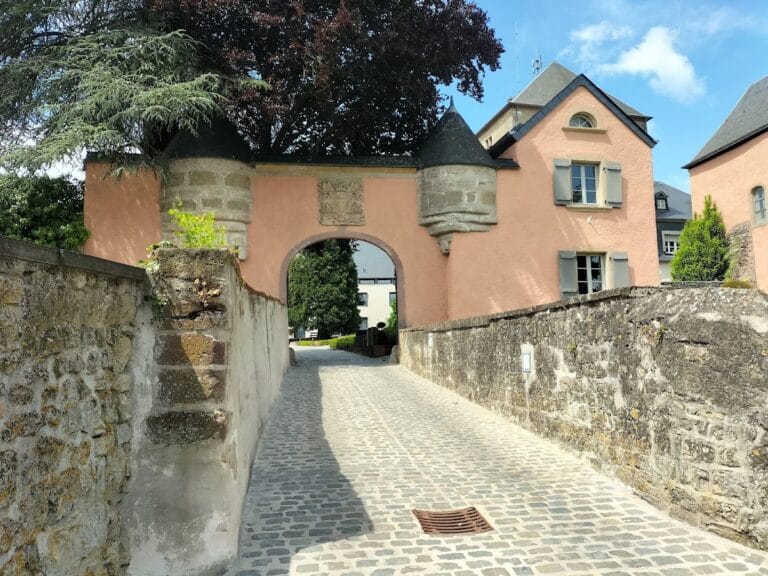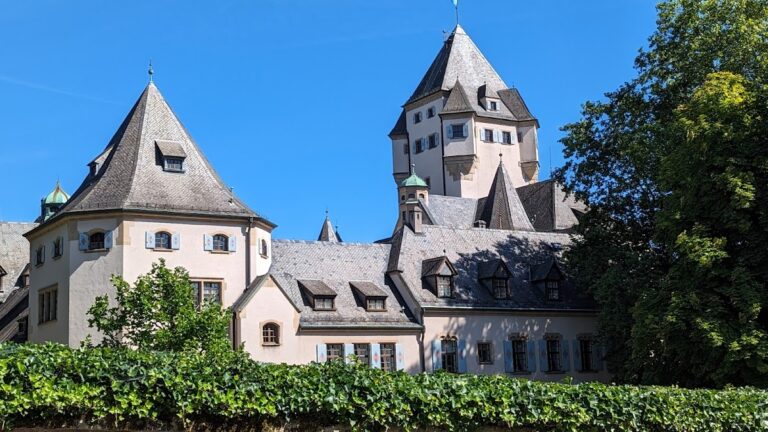Useldange Castle: A Medieval Fortress in Luxembourg
Visitor Information
Google Rating: 4.5
Popularity: Low
Google Maps: View on Google Maps
Country: Luxembourg
Civilization: Medieval European
Remains: Military
History
Useldange Castle stands in the municipality of Useldange, Luxembourg, and traces its origins back to the 12th century. It was constructed during the establishment of the lordship of Useldange by medieval Christian lords of the region. Théobald d’Useldange is recorded as one of the earliest known lords associated with the castle, marking the beginning of its documented history.
The initial ruling family at Useldange came to an end by the mid-13th century, after which ownership of the castle eventually passed through marriage. In 1415, Jean de Rodemacher acquired legitimate control by marrying Irmgard de Boulay, linking two noble houses. This period saw the castle functioning as a noble residence and stronghold, though specific details of events remain scarce.
During the late 15th century, the castle became caught up in broader European conflicts. In 1479, amidst the war between France and Burgundy, the Holy Roman Emperor Maximilian I seized the fortress. He entrusted its custody to Christopher of Baden, a military figure responsible for its maintenance during turbulent times. Both the castle and its chapel endured considerable damage during this conflict, reflecting the war’s impact on the region.
Ownership later transferred to William of Nassau-Vianden, who eventually sold the property in 1674 to François-Sébastien Baur of Everlange. Over the following centuries, the castle gradually declined, with its chapel being destroyed entirely in 1903. The stronghold fell into ruin, marking the end of its traditional noble use.
In the early twentieth century, the castle remained in a dilapidated state until 1924, when it was purchased by Emma Wolff Kuhn, an American immigrant originally from Useldange. She undertook efforts to stabilize the structure by consolidating the castle walls in 1934. Subsequently, her family erected a modern home within the ruins of the original castle’s palace area. Today, the site serves various civic functions and continues to be preserved under the direction of Luxembourg’s state authorities.
Remains
The ruins of Useldange Castle occupy a small hill in the center of the village, controlling views over the River Attert. The layout preserves key elements from various construction phases, including defensive walls and towers arranged around the historic courtyard space. Much of the site reflects medieval building techniques, primarily stone masonry constructed for both defense and residence.
A notably well-preserved portion of the outer wall remains visible, providing insight into the castle’s former defensive perimeter. This curtain wall once enclosed the site and was likely complemented by a broad moat, remnants of which survive in the form of a bridge approach that spans the former ditch, measuring about 10 meters (33 feet) wide. This bridge marks the original point of entry into the castle complex.
Central to the site is the keep, or tower of homage, which rises to approximately 25 meters (82 feet). This tall, strong tower functioned as the last line of defense and the lord’s residence. Its preserved height offers an understanding of medieval fortification standards and castle hierarchy.
Modern construction by the Kuhn family stands over the ruins that once formed the castle’s main palace building. This contemporary residence was integrated with the old stonework, blending restoration with adaptive reuse rather than traditional reconstruction. The chapel, once an integral part of the castle complex and a place of worship, was completely destroyed in 1903 and today survives only in historical records.
The State of Luxembourg is actively engaged in ongoing restoration work at the castle site, aiming to preserve its remaining features and stabilize the structure. This effort ensures that the visible ruins continue to tell the story of the site’s long and varied history.







